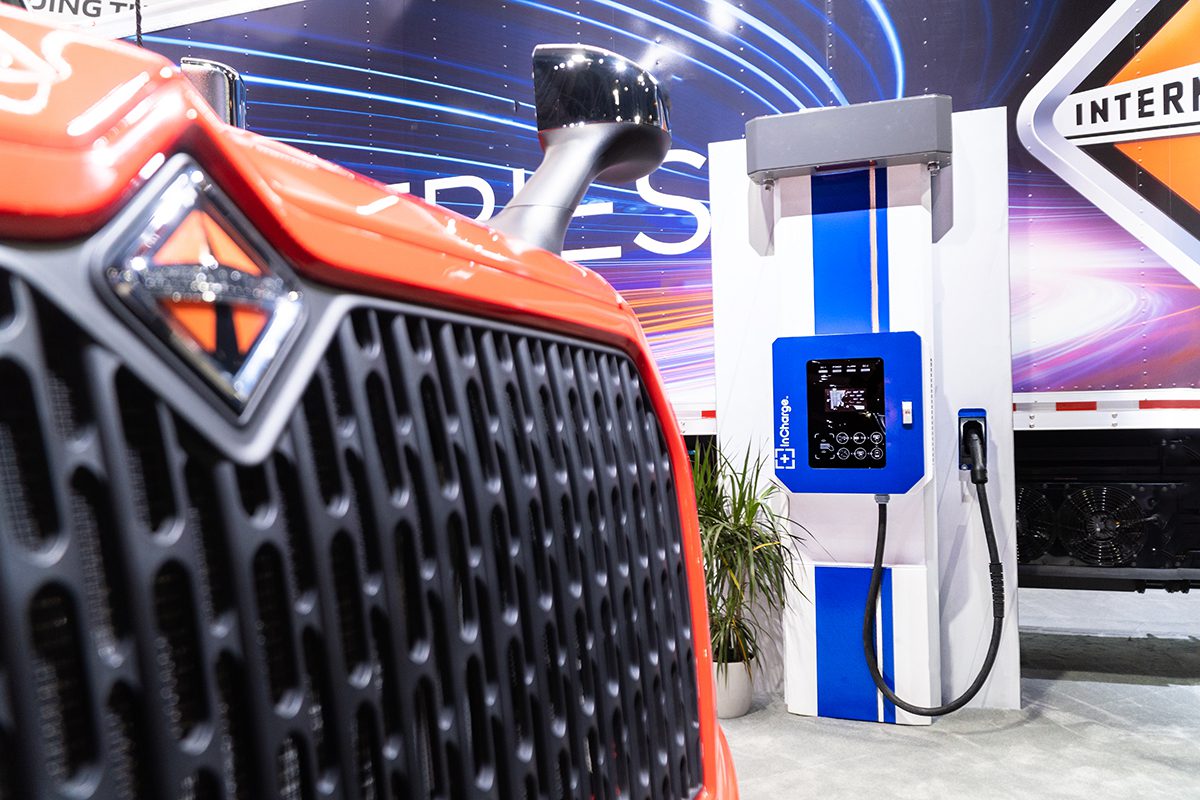With new electric vehicle guidance from the White House and even stricter rules coming in California, fleet operators and warehouse owners in Southern California will soon need to accelerate their plans for reaching lowered emissions through the purchase of clean vehicle technologies.
This spring, the California Air Resources Board (CARB) will vote on mandates that:
- ban the sale of new diesel- or gas-powered medium-duty and heavy-duty trucks in the state, beginning in 2024;
- require large government and commercial fleets to start phasing in zero-emission vehicles as soon as next year; and
- require that fleets of a certain size consist of 100% zero-emission vehicles by 2035.
While these regulations will save a significant number of lives impacted by carbon emissions, fleet owners and operators are left to navigate these murky waters and make electrification plans on their own — and in not a lot of time.
Changing How Fleets Operate
Commercial fleets have been using proven vehicle technology and fueling infrastructure for nearly 100 years. While not as environmentally friendly as battery-electric and fuel cell vehicles, these gasoline- and diesel-powered trucks have proven to be efficient by several performance metrics, ones that keep our supply chains on schedule, dependable, and profitable.
According to an SFGate article about the CARB regulations, “Many representing the trucking and construction industries said that there simply isn’t enough charging capability or grid capacity in the state to move fleets over to zero-emission vehicles so quickly.”
At InCharge Energy, we hear many of the same concerns from our fleet customers:
- Will it be expensive to make the switch to EVs?
- Where do they start?
- How can they avoid being conned by opportunistic service providers?
- Will electric vehicles work to fit their needs?
This mandated transition might seem overwhelming, but the rewards by acting early are too good to pass up.
Leaving Free Money on the Table
About 1.8 million heavy-duty trucks on California’s roads will be impacted by CARB’s regulations, according to the agency’s own report. Can you imagine if all the state’s fleets waited until 2039 to start electrifying? Unfortunately, there will be many who do — and the penalties will be steep.
But there’s immense value in starting the electrification process now, and not just of the financial variety. For example:
- There is already a backlog on orders for electric trucks and EV chargers. By getting ahead of the curve, fleet operators can understand all the potential costs and ensure they get the equipment they want within the proper timeframes.
- Fleet owners can take advantage of the early leg-up to get ahead of the competition to grab market share.
- Grants, incentives, and other funding opportunities from the government and utility companies will not last forever. It’s important to apply for these early to secure the highest amounts possible and stack as many as possible.
- Fleet operators can start lowering their total cost of vehicle ownership as soon as they start phasing in EVs, while warehouse owners can start generating revenue from the charging infrastructure.
- Many EV charging infrastructure providers currently offer free or low-cost options, such as charging as a service, and other opportunities to help fleet owners get started with a fixed and predictable cost.
Taking the First Step
Step one, and perhaps the most low-risk thing a fleet operator can do, is to schedule a site visit with a reputable EV charging infrastructure company.
At InCharge, we’re currently offering no-cost site surveys, normally valued at more than $5,000. Site surveys help determine:
- The amount of government grants and funding you can receive (a site survey is required to apply for incentives).
- The best location to charge your fleet vehicles at your warehouse or facility.
- The amount of power needed at your site to support your routes and other needs and how best to work with your local utility to get that power. This can also help you get a better timeline for the installation of your charging infrastructure.
- The best chargers to suit your fleet’s unique needs, which is a bit more complicated than you may think.
- How to future-proof your charging infrastructure to scale as you add more zero-emission vehicles.
- Options for financing your EVs and charging infrastructure through grants or other means.
Don’t wait to take advantage of the opportunities to secure free government funding while simultaneously outpacing your competition. Sign up for the risk-free InCharge site survey here to get started.
Fleet owners and operators attending the ACT Expo this year can also visit the InCharge Energy booth (#5853) to schedule a site assessment.



